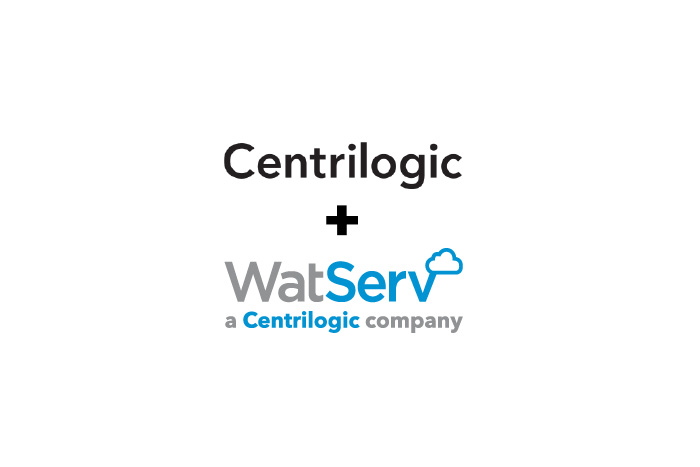Five Questions Every CFO Should be Asking about their IT Spend
By Mark Denham, EVP Finance & Operations
May 25, 2021
In today’s world, adopting a modern IT strategy is vital for any business, including managed service providers. A current approach offers resilience, flexibility, scalability and often overall lower IT spend. This could involve a blend of on-premise and off-premise infrastructure, or it could be purely cloud-based.
In many cases, organizations look to their CTOs or CIOs to create their IT strategy, and their CFO to manage the spend behind it. For a busy CFO, it can be hard to keep up with the changing landscape of IT, especially with the cloud evolving almost daily. In order to manage costs efficiently, there are several considerations CFOs should be aware of.
Here, we answer 5 common questions to help CFOs make sense of their IT spend.
1. Why are my company’s storage costs so high?
Is your cost of storage rising every month? If so, you are not alone. As businesses create more and more data, storage needs increase and so do costs. The trick is to understand what type of storage you truly require and then optimize where you are keeping your data.
Start by looking at what data your company needs readily available. Storage for this type of data is the most expensive, but it also allows for fast and easy retrieval of information. On the flip side, data that needs to be retained, but that doesn’t need to be kept at your fingertips, is less expensive to store. This is usually older data that is required for regulatory compliance or record keeping but can be archived using more cost-effective infrastructure.
Questions to ask:
- What is it we are storing? What types of files?
- Can we parse the data? Can we run compression technology on it?
- Do we need to keep all of it, and if so for how long?
- What regulatory requirements must we comply with?
2. How do I reduce my monthly computing cost?
Just as there are different types of storage, there are different types of servers. Think: V2, V4 and V8 servers, all with different configurations and levels of compute capacity. Sometimes each environment can have 40-50 servers, which can range from $100 per month per server to $3,000 per month per server. As a CFO, when you’re trying to make sense of this, an important thing to remember is you can acquire burstable capacity available at a lower cost, but it needs to be optimized for compute or memory.
Questions to ask:
- What is the ideal server mix for our company?
- What can we do to better optimize our environments?
3. Why do my technology costs keep going up?
With more choices than ever for SaaS, PaaS and IaaS (software, platform and infrastructure as a service), it is easy to keep adding new products to your technology mix. Many of these are valuable, however where companies run into trouble is when products have overlapping functionalities or are being used in a siloed nature.
If your technology costs are disproportionately rising, it is probably time to reassess which tools are business-critical and which ones could be consolidated or eliminated. Also, it might be worth investing more time and attention when choosing new technology and apps to ensure the functionality does do not overlap with existing solutions and that they will provide sufficient value.
Questions to ask:
- Where can we cut back on apps/products?
- Where are there overlaps?
- What apps/products are we underutilizing?
4. What percentage of revenue should a company be spending on technology?
This is a complex question but the best place to start is by understanding your industry and your company’s value proposition within it. Some industries need more technology to remain competitive, and some companies rely more on technology as their differentiator. The technology requirements for a restaurant chain will look quite different than those for a fintech company. The question then becomes: Where are you going to invest your dollars?
Another point to keep in mind is that cloud technology is considered a variable operating expense (OpEx), whereas traditional on-premise servers and equipment is a capital expenditure (CapEx). When you shift money from CapEx to OpEx, it produces accounting differences. The accounting treatment of cloud technology may have a significant impact on the financial measures you or other stakeholders use to evaluate your business.
Questions to ask:
- Is technology a differentiator for your business?
- What technology do you need to keep ahead in your industry?
- How will using OpEx versus CapEx dollars affect your accounting and business?
5. Should I continue investing solely in my IT department, or look at options for outsourcing certain functions?
When it comes to managing the diverse IT needs of an organization, not every company has the in-house capabilities or capacity to handle all of it. Or, you might not want to invest in your IT department if it’s not core to your value proposition. Think of it in the same way as why you take your car to a mechanic: it’s unlikely that you have the skillset or tools needed to repair a car at the same speed your mechanic can.
In this sense, outsourcing all or some of your IT requirements can reduce your costs and risks. Building a healthy, long term relationship with the right partner can also mean your IT team can free up their time to do value-added work.
Questions to ask:
- Do we have the inhouse expertise and capacity to manage all of our IT needs?
- What tasks could a partner manage better and for less overall cost?
- How could outsourcing reduce our risks and free up our internal resources or capital for other investments?
_____
In conclusion, as the options for IT infrastructure continue to expand, having an understanding of the choices available will help CFOs better control their spend and make informed decisions. CFOs play a critical role in the success of any organization, and by working closely with their CTO and/or CIO, they can ensure the resiliency of their IT infrastructure for years to come.
See how WatServ can help your company leverage the power of the cloud to do more, for less.
Book a free consultation today.
WatServ demonstrates best-in-class capability and market leadership through proven technology and customer commitment.
About
WatServ is an IT solutions provider that helps organizations digitally transform through cloud technologies and managed services.
Serving clients as a trusted advisor since 2006, WatServ provides experience-tested, strategic solutions across all stages of the digital transformation journey. Clients choose WatServ to migrate infrastructure and applications to the cloud, secure critical data, implement disaster recovery, deploy virtual desktop, enable data-readiness for productivity solutions and manage IT environments.
Our clients span a broad range of industries, and we’re a global supplier of IT services for many Brookfield Portfolio Companies. To help our mid-size clients, we provide scalable offerings that simplify cloud adoption and drive business optimization. For enterprise clients, we co-create cloud solutions that enable stability and efficiency for complex IT tools and processes.
With more than 15 years of experience, WatServ has a track record of delivering quantifiable business results and a superior client experience. Ranked as one of Canada’s Top 100 Solution Providers for the last three years in a row, WatServ is always on.

